“I’m not here to promote obesity; I’m here to promote live life now.” Those are some of the parting words travel expert and travel host Jeff Jenkins left me with as we wrapped up our Teams call on a chilly October morning. “I want people to enjoy life and travel around the world, no matter their size — now.” And, after celebrating a successful first season of his new National Geographic series, “Never Say Never,” and years of online success on his digital platform “Chubby Diaries,” it’s safe to say Jenkins is a shining example of living life now while inspiring millions of travelers in the process.
But, before the social media notoriety and television fame, Jenkins was simply a plus-size traveler ready to be the change he wished to see in the world. “My inspiration came from me seeing that there was a lack of representation and accessibility within the travel space,” said Jenkins. “The stories of plus-size people traveling the world weren’t that mainstream, and I wanted to do something about that.” Jenkins went on to explain that, as a bigger guy, traveling came with its set of unique challenges. However, it wasn’t until he started traveling with his wife that he noticed she didn’t think about the things he did. “I was like, wait, you don’t think about this stuff?” he said. “I think about this all the time, the seats and weight limits and size restrictions.” While his wife never worried about not being able to do certain activities because of her weight, Jenkins realized a lot of plus-size people did. “I didn’t even know the magnitude of how many plus-size people actually thought about the stuff I thought about,” he said. “So, when I started posting, it was then that I realized how much it resonated with so many people.”
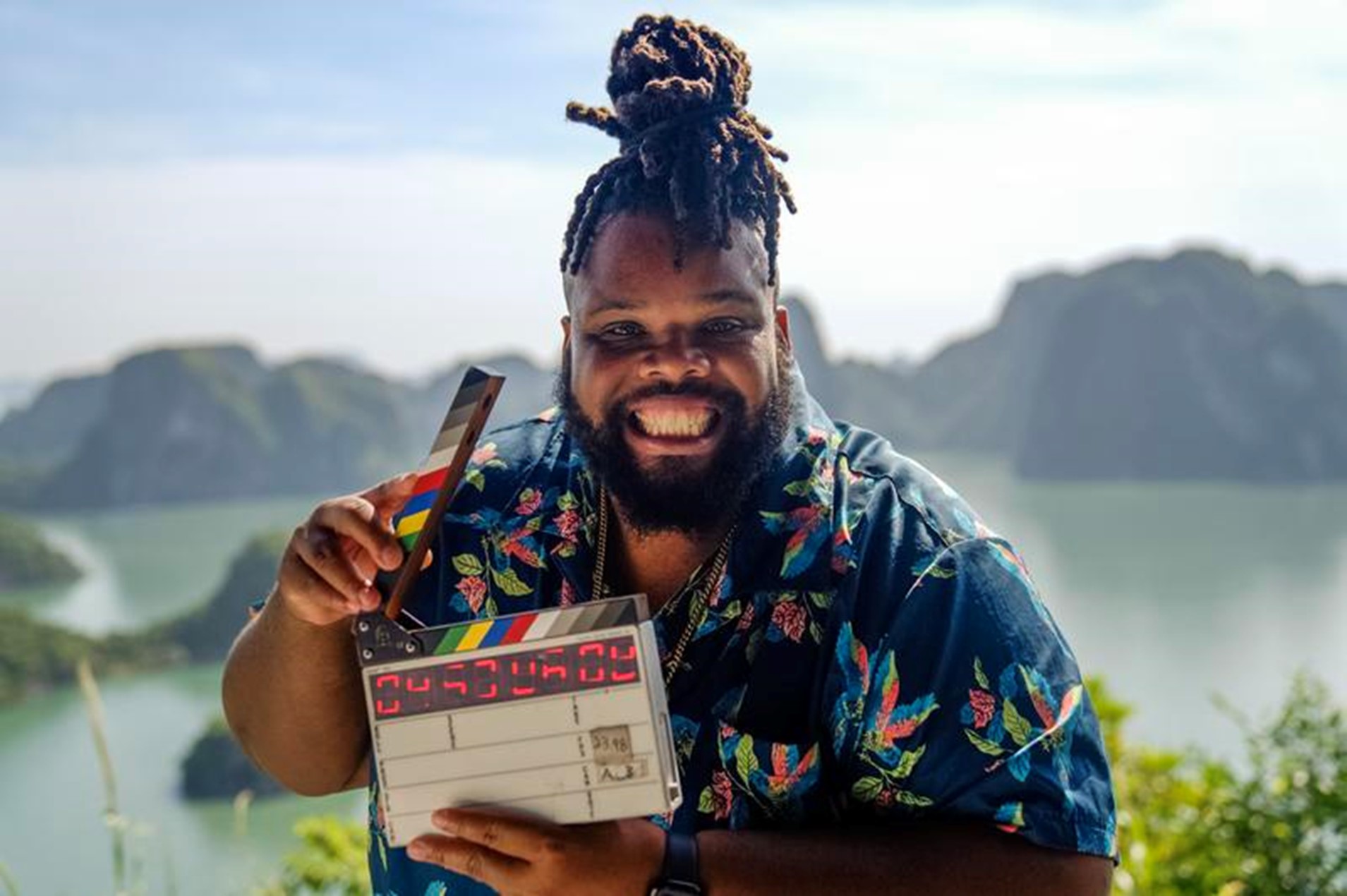
Overcoming Obstacles
According to Jenkins, the obstacles plus-size travelers face often come down to five things: the lack of accessibility, comfort and resources in addition to weight limits and size restrictions. To illustrate these challenges, Jenkins shared a story. “A dream of mine was to go great white shark diving, like doing the cage diving in South Africa,” he said. “And so, I looked it up, and I saw there was a requirement that you had to have on a wet suit. And I know why; because the water is freezing … but I was like, ‘I’m pretty sure they’re not gonna have my size.’” Jenkins called the tour operator and, after failing to get in contact with them, took matters into his own hands by purchasing a wet suit online. He was amazed by the range of sizes, and it sparked a realization. “They actually have a lot of extended-size wet suits out there,” he said. “So, what I’m now trying to show is that you can make these small modifications that will allow more people to go on these things … Go buy one or two extended sizes or three or four extended sizes so that now there’s the option for people.”
Jenkins wants tour operators and the travel industry to understand plus-size travel is an untapped market with limitless potential. “I’m coming from this angle of like, ‘hey, there’s this untapped market, this marginalized group of people that have money and are willing to spend their money,’” Jenkins said. “But they’re just missing out because the things that they wanna do, or these places that they wanna go, it seems like they’re not for them because there are no accommodations being made for them. If you made these accommodations, small adjustments, you’d actually have more people that will be able to join and do these different excursions, be able to book that trip and things like that.”
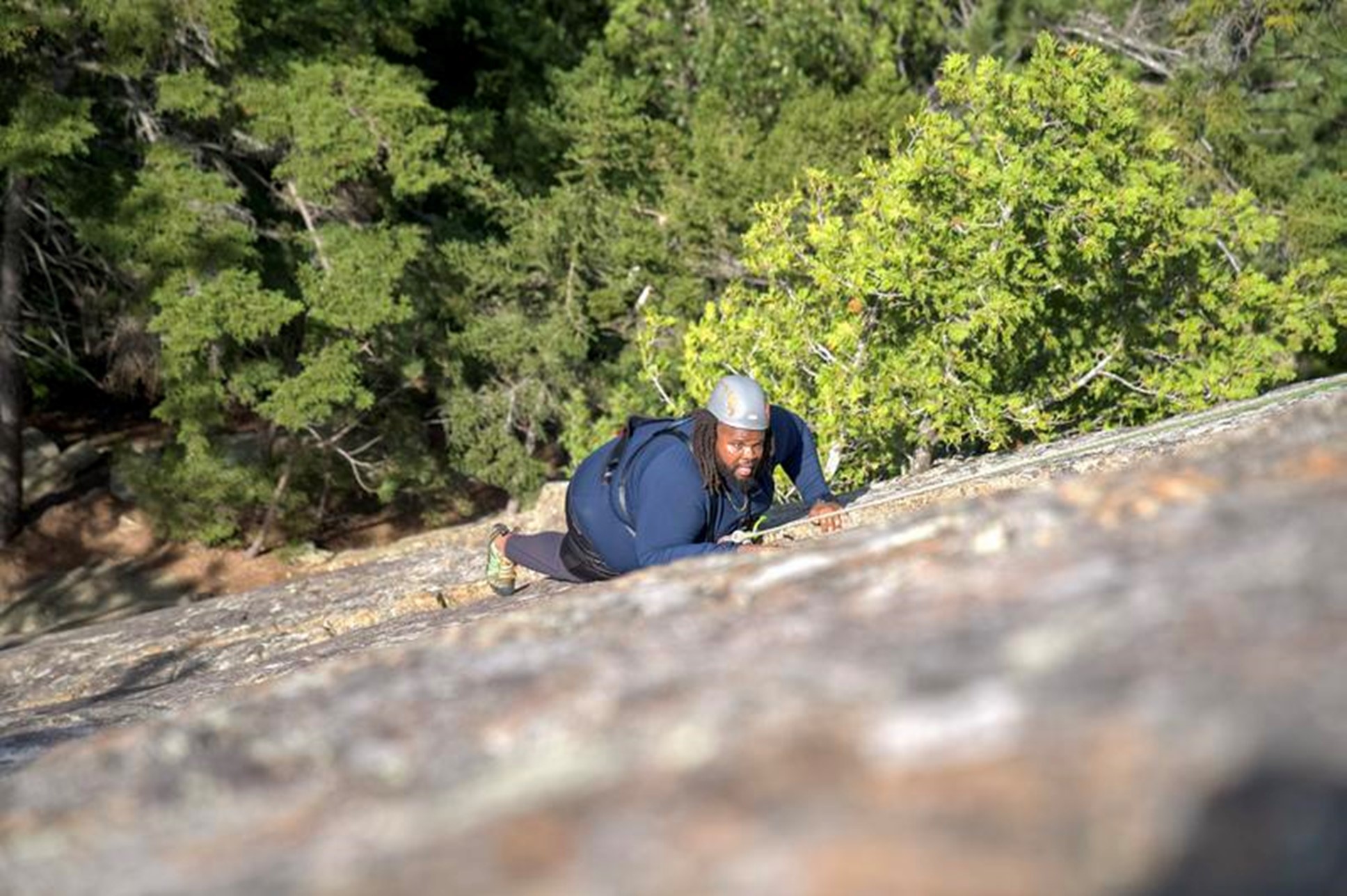
Looking at the changes that need to be made, sometimes it really is as simple as tour operators purchasing extra wet suits. But there’s also a conversation that needs to be had. “We can change and steer the conversations to where when we are making stuff, when we’re designing things, that we have plus-size people in mind,” said Jenkins. “I’ve done a lot of consulting before I started doing the show, and the one thing I realized very quickly when I was meeting with these brands, a lot of these CEOs and marketing people was like, ‘Oh, you know what? I never thought about plus-size people.’” But, by designing with plus-size people in mind, a world of possibilities unfolds. “People and humans are innovative,” Jenkins said. “It’s very easy for them to figure out a way to do something safe.” Jenkins pointed to zip lining as an example saying, “If you plan, when designing the thing, for it to hold more weight, then plus-size people would be safe and able to do it.”
Finding Inspiration
For those who haven’t tuned in to “Never Say Never,” the show follows Jenkins as he travels the world in search of experiences that push his limits and challenge him to live outside his comfort zone. From whitewater rafting in New Mexico and sumo wrestling in Japan to conquering the Adirondack Mountains and sailing rough Patagonian waters, Jenkins finds himself in incredible situations. “One of the biggest takeaways that I got (from the show) was that I was resilient,” said Jenkins. He went on to share that even though he knew what he was getting himself into, talking the talk was often easier than walking the walk when it came to pushing his boundaries. “It was more so a hypothesis, like, ‘I’m pretty sure I can do it, but what will the results be?’ And so, by challenging myself to do it, and then actually being able to do it, I consistently kept surprising myself … that’s where that resiliency came in.”
Another detail viewers might pick up on while watching the show? Jenkins isn’t the run-of-the-mill travel host. “It’s the magnitude of me being one, a person of color and having a travel show, that’s one thing,” said Jenkins. “But then, to be a person of color and plus-size, that’s a whole other thing to where it’s just rarity on rarity.” That representation is important. “I can tell you I get some kind of message every day about it,” said Jenkins. “(They say,) ‘I didn’t even think I could do this,’ like, ‘your show just showed me that I could go out and do this.’ (The show) is now motivating and inspiring and encouraging people that look like me to travel around the world.”
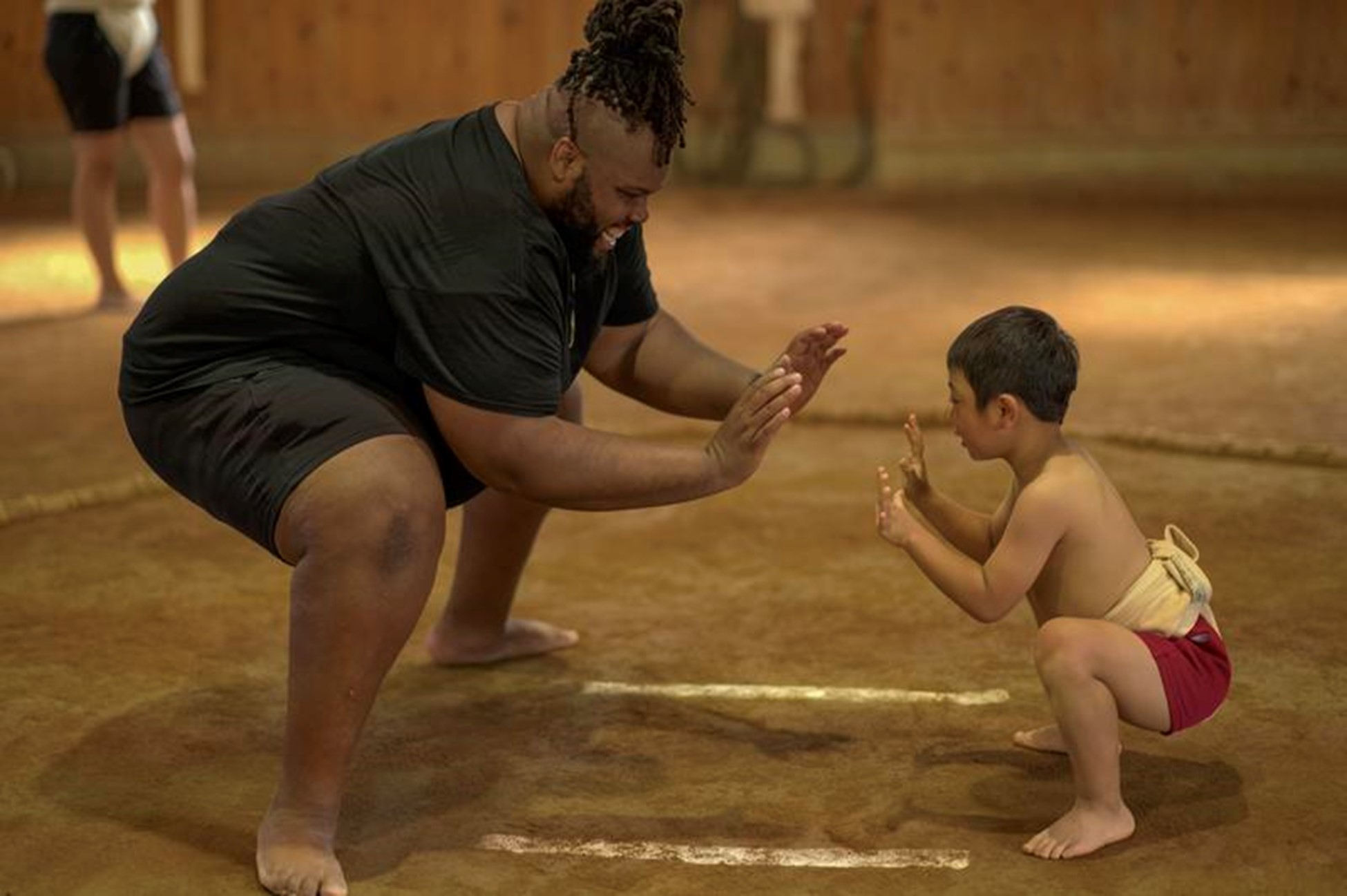
While “Never Say Never” is a fantastic example of inclusivity in the travel space, the fight doesn’t stop there. It’s Jenkins’ hope that we will continue to see more efforts on social media and in marketing through size-inclusive imagery. However, that doesn’t mean resources don’t exist. Jenkins noted AllGo as a great source for plus-size stock photos and Fat Girls Traveling, Unlikely Hikers, Plus Size Travel Too and Unicorns of Diving as great communities for inspirational plus-size content and experiences.
Advice to Advisors
When it comes to ways travel advisors can advocate for their plus-size clients, Jenkins says there are several things they can do. But first, they need to evaluate their mindset. “One, don’t put limits on people and their experiences and what they can and cannot do,” said Jenkins. “A lot of times there are these biases that are there … for me, I’m a person that, I’ll be ok with it, but for other people, you’re limiting them from being able to even have that experience or even make their mind up about doing it.”
For advisors looking to broaden their perspective, Jenkins suggests a few things: 1) talking to plus-size people, 2) doing research on the challenges plus-size people face and 3) learning about the different options for plus-size people while traveling. “Things like (saying), ‘You might not be able to do this, but you can go do this,’ or ‘You might not be able to do the zip lining, but I have all these other activities that you can do,’” said Jenkins. Additionally, advisors have the advantage of knowing the ins and outs of the industry. “You also have the opportunity of identifying companies, tour operators, countries and hotels that are making strides to making their destination, their hotel, their excursion plus-size friendly or plus-size inclusive,” he said. “So being able to identify that and then sending plus-size people to those places is a great recommendation on how to help.”
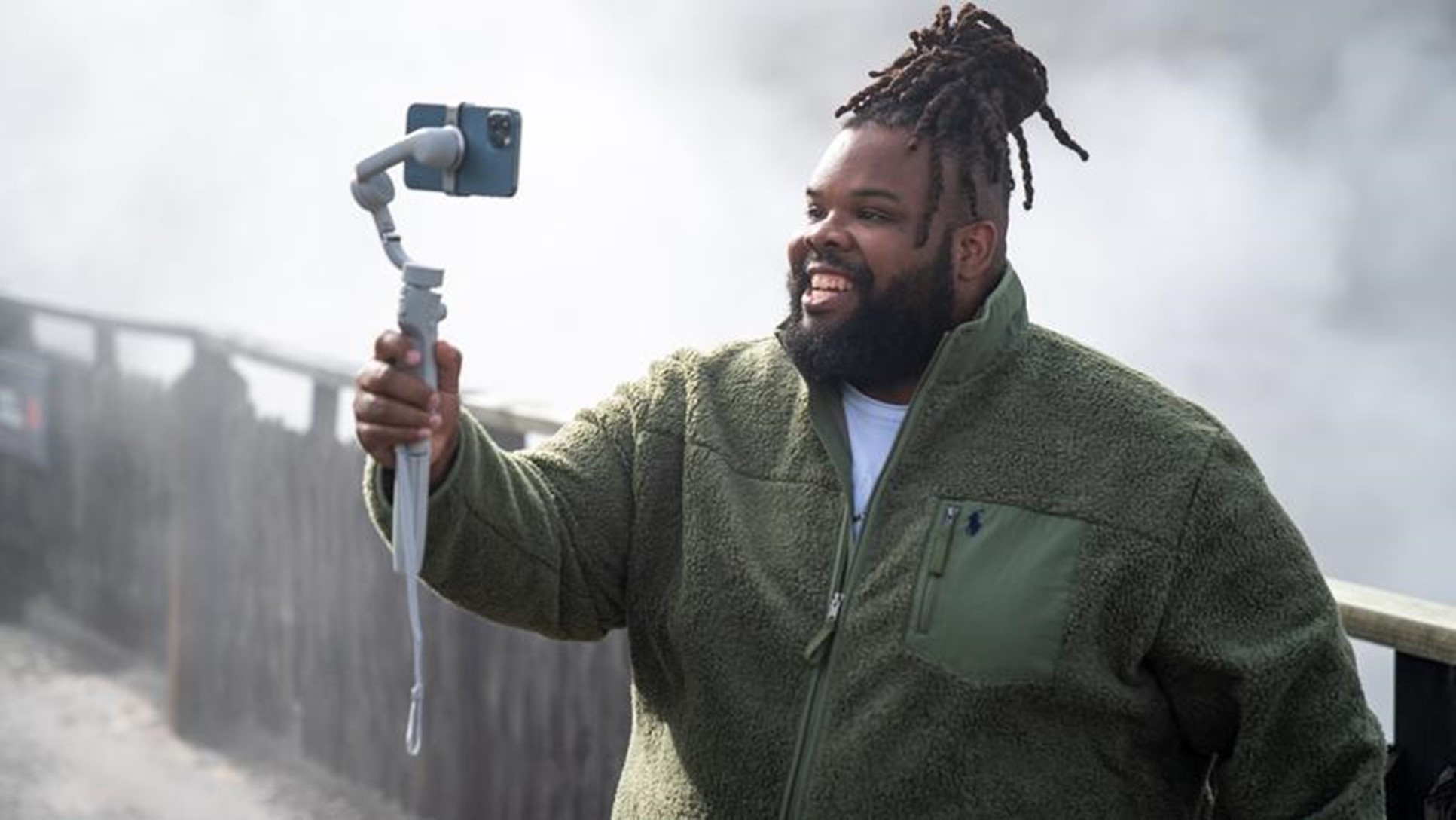
As for the number one thing he wants advisors to know, Jenkins said this. “That we’re human.” He then shared a story. “My uncle asked me, ‘Why don’t you teach people how to lose weight and then you won’t have to have this platform?’ And I told him, ‘There are so many other platforms out there that are teaching people how to lose weight, I wanna talk to the person where they’re at now.’” Regarding advisors, he said, “You’ll be surprised how many people will probably attach themselves or take that trip because you’ve opened up the options a lot of plus-size people don’t feel like they have, that’s why they’re not traveling as much. And my show has proved that … Now there’s more people who are like, ‘I can get out there and do it too.’”
Originally featured in the Winter 2023 issue of The Compass magazine.


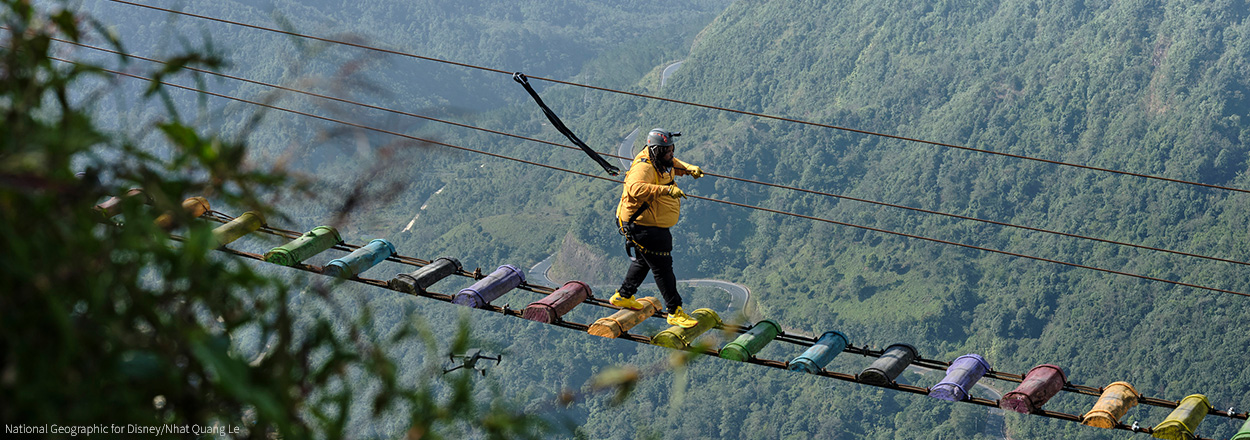
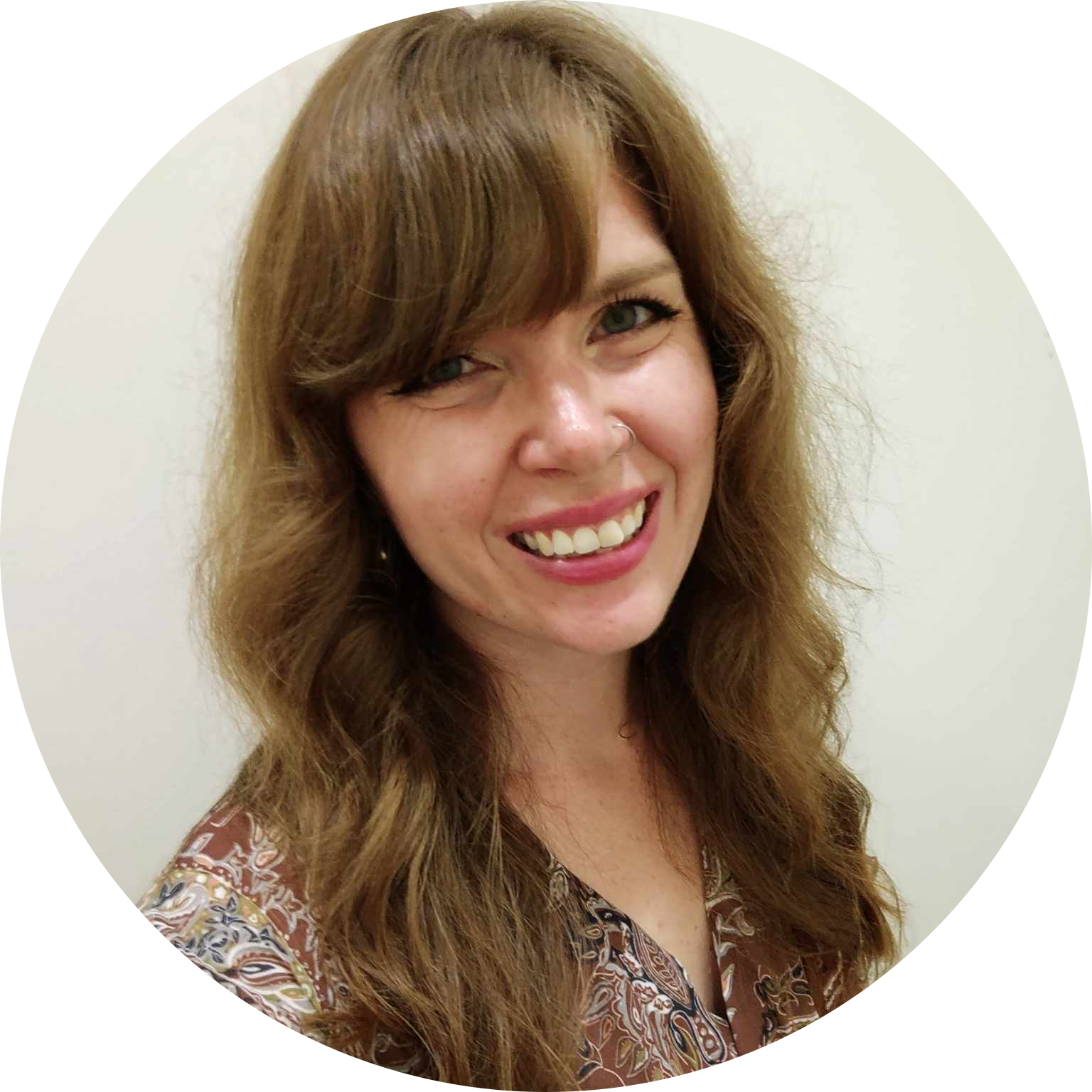
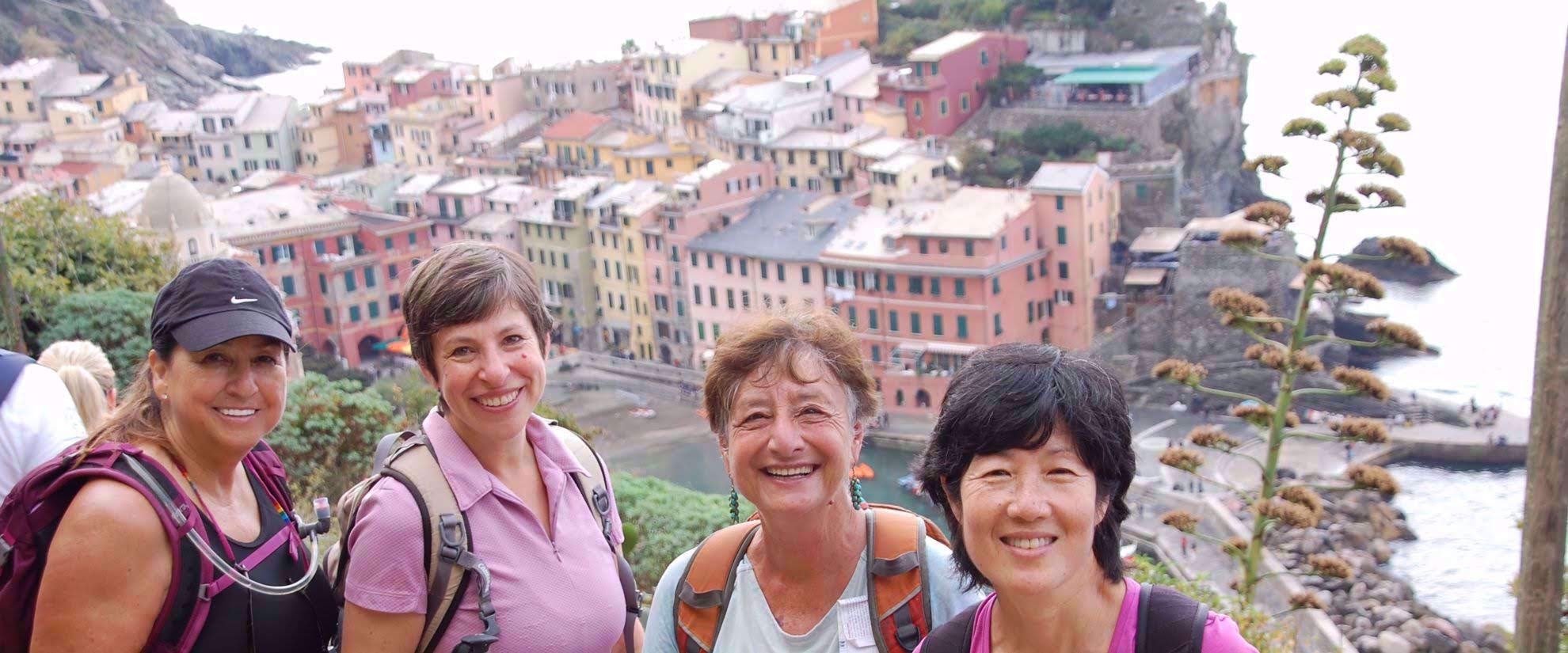

Michele L | 03/20/24 - 02:41 PM
LOVE THIS! Thank you for sharing. As a plus-size traveler and travel agent who is very active (I've climbed mountains and cliffs), suppliers and tours need the equipment to allow us to dive, climb, and do whatever without feeling less than or upset that we cannot do something.
| reply ⋯